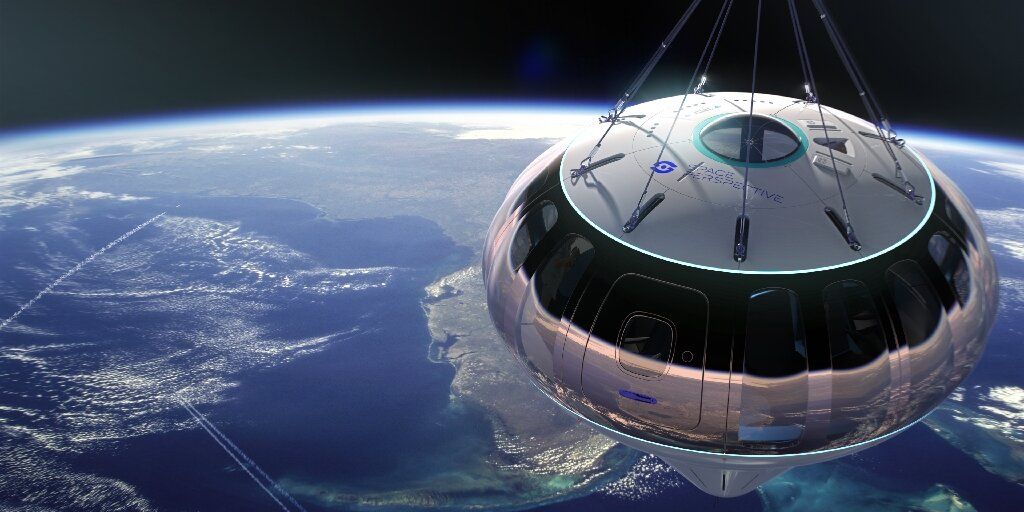
Space Balloon
High-altitude balloons are crewed or uncrewed balloons, usually filled with helium or hydrogen, that are released into the stratosphere, generally attaining between 18 and 37 km above sea level. In 2002, a balloon named BU60-1 reached a record altitude of 53.0 km. The most common type of high-altitude balloons is weather balloons. Other purposes include use as a platform for experiments in the upper atmosphere. Modern balloons generally contain electronic equipment such as radio transmitters, cameras, or satellite navigation systems, such as GPS receivers. These balloons are launched into what is termed "near space", defined as the area of Earth's atmosphere between the Armstrong limit, where pressure falls to the point that a human being cannot survive without a pressurised suit, and the Kármán line, where astrodynamics must take over from aerodynamics in order to maintain flight.

